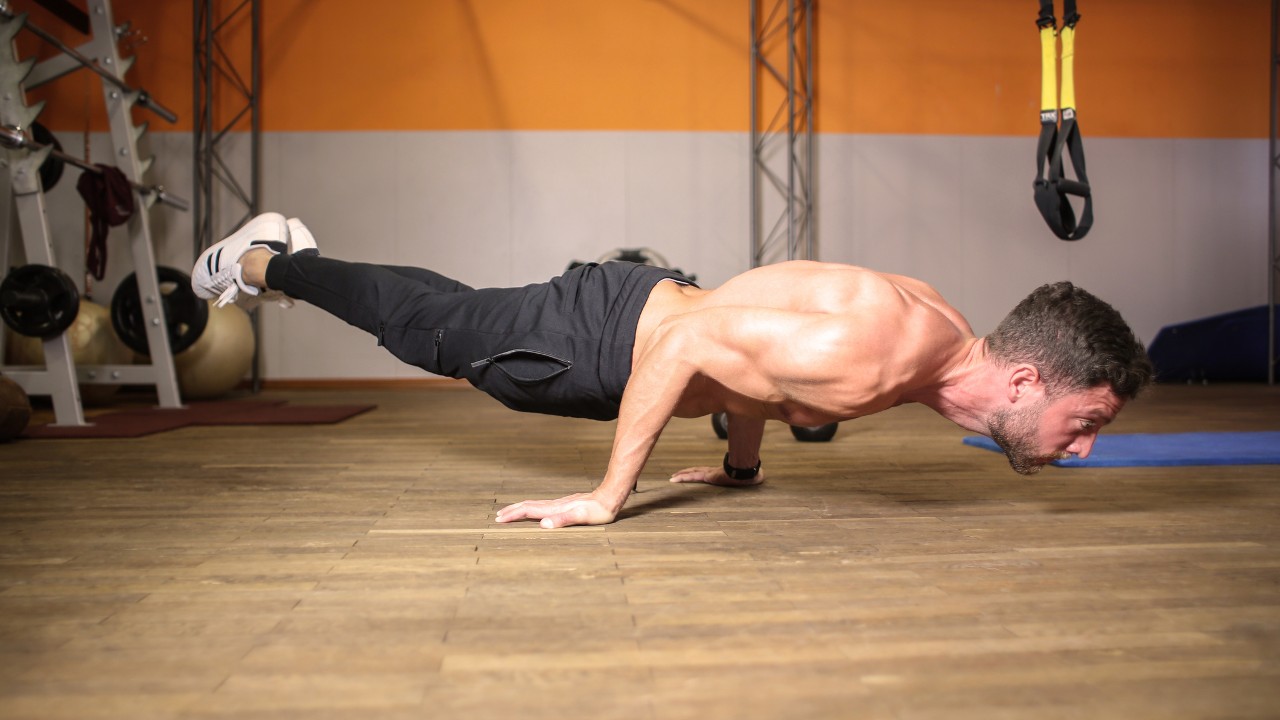How To Do The Elbow Lever
Half gruelling exercise, half party trick, here’s how to pull off the elbow planche

It’s quite rare that you find an exercise that you’d be happy to do both in the gym and at a public gathering to impress those around you. The human flag is one such move, the plank is decidedly not. Unless you’re prepared to hold it for an entire evening, which isn’t necessarily the way to win friends at social occasions.
The elbow lever, also known as the elbow planche, is another move that works as a party trick, especially if you perform it on a raised surface (do be safe). However, the benefits do extend beyond showing off.
“The elbow planche develops wrist mobility and strength, and helps you understand how to manoeuvre your weight using good mechanics,” says James Griffiths, personal trainer and founder of Wild Training.
“The biggest benefit of an elbow planche might be how it teaches you to use your diaphragm to stabilise your spine, while keeping a good amount of air going in and out. No bad thing for any intense sport.”
See related
- An Introduction To Calisthenics Training
- Start Building Up To Do A Handstand With This Workout
- Start Movement Training By Learning These Two Moves
How To Do The Elbow Lever
“Place your hands on the ground with your fingers pointed behind you or out to the side,” says Griffiths. “Your hands need to be narrower than your hips, because your hips will end up resting on your elbows.
“With your knees on the floor, pull your elbows in and rest your waist on top of your elbows. You need to have your abs pulled in tight and your pelvis tucked under to be able to find a balance point.
“Extend your legs so you are on your toes. Then you can start experimenting with your balance till you start to ‘float’. Keep your body parallel to the ground. Your legs should be straight with your feet locked together, and you should be able to breathe normally.”
Get the Coach Newsletter
Sign up for workout ideas, training advice, reviews of the latest gear and more.

Nick Harris-Fry is a journalist who has been covering health and fitness since 2015. Nick is an avid runner, covering 70-110km a week, which gives him ample opportunity to test a wide range of running shoes and running gear. He is also the chief tester for fitness trackers and running watches, treadmills and exercise bikes, and workout headphones.









